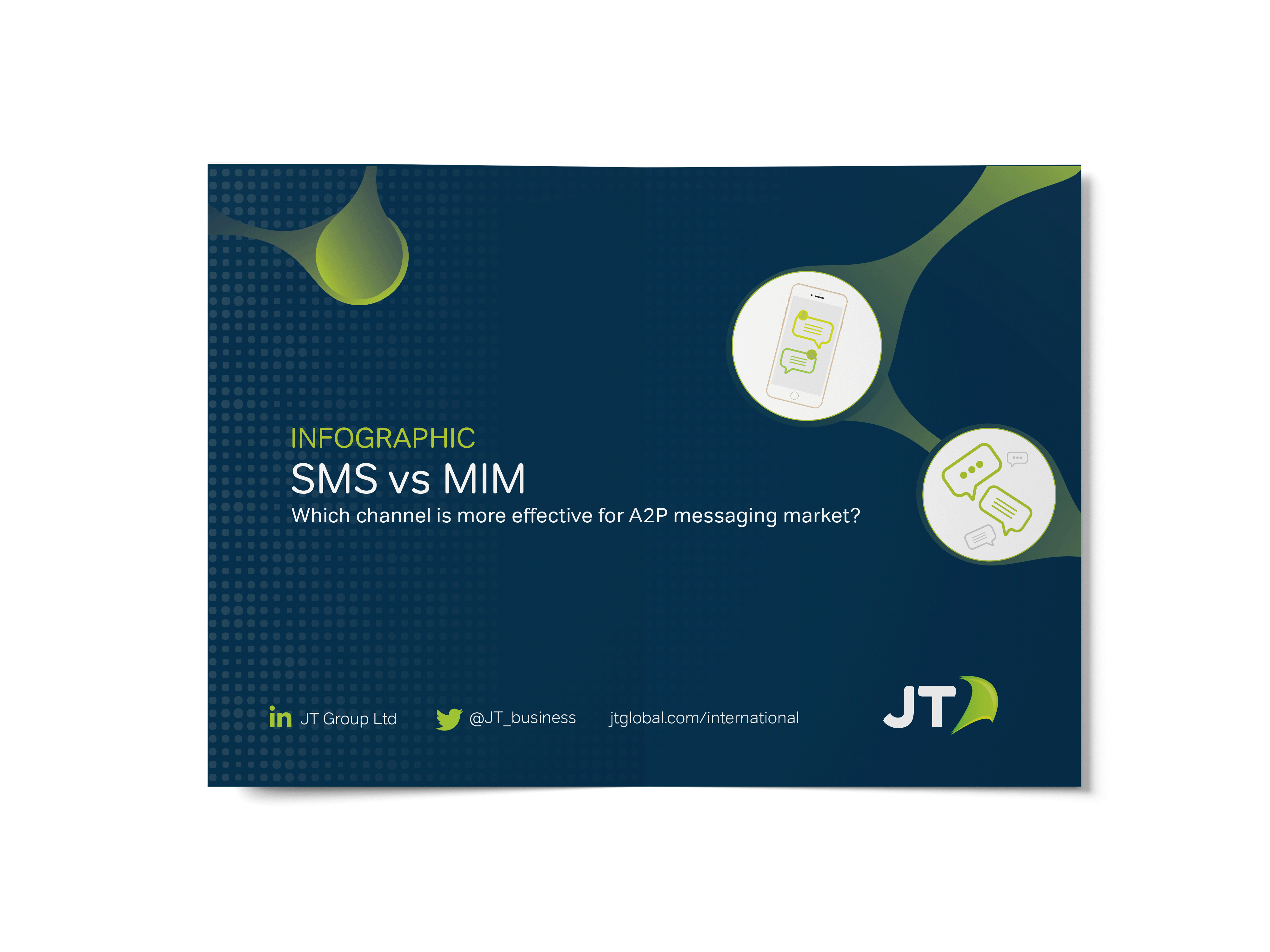
With email falling off of the general public's radar over the past few years, two messaging platforms reign supreme: SMS and MIM. By now most of us are familiar with the two forms of messaging, even if we don't know them by their more technical names.
SMS messaging - also known as Short Messaging Service - is what you likely know as the humble text message. SMS uses cellular networks to send a message from one phone number to another and doesn't require an internet connection.
MIM messaging - Mobile Instant Messaging - essentially refers to any other form of text messaging (i.e., not email) that uses an internet connection instead of a cellular one. This includes things like iMessage, Facebook Messenger, and WhatsApp. These messages typically send faster and include app-specific features that SMS isn't capable of, like message reactions and app integrations on the user's end.
While regular users now prefer instant messaging over SMS, from a business perspective A2P SMS are becoming increasingly popular. We took a look at Application-to-person messaging market and compiled a short infographic explaining what the differences between short messaging (SMS) and instant messaging (MIM) are, how they are used, and which channel is more suited for A2P messaging market and why.